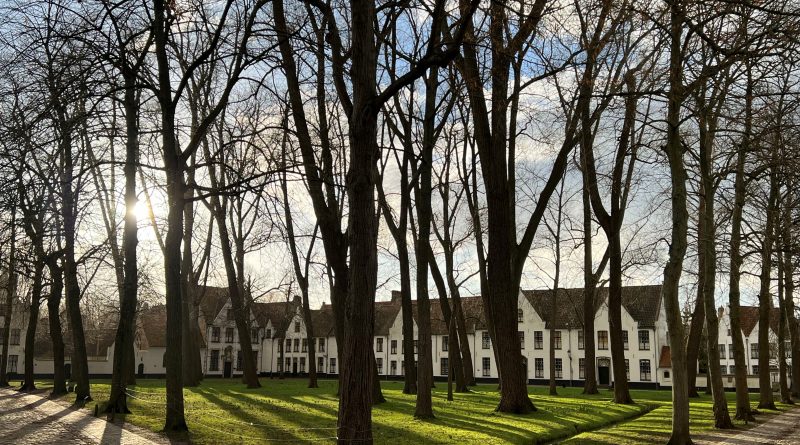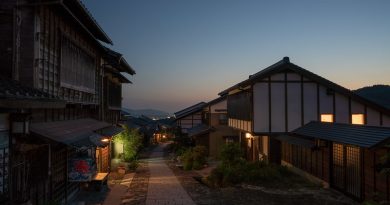Beguinalle houses of Bruges
In the Middle Ages, lay religious women used to live in convents, which brought with it less freedom and many rules. So, starting in the 13th century, a much more open community type emerged in the Low Countries—Belgium, the Netherlands and northern France.
These communities were rather large court béguinages, a collection of simple houses centered on a church, chapel and/or garden and enclosed by a ditch or wall. These béguinages evolved to eventually contain everything from bakeries, hospitals, farms and even breweries. They offered the béguines, who were unmarried or widowed women, a free and independent life dedicated to religion.
The important distinction between convents and beguinages is that beguines were not restricted in their movement. The gates of the beguinage open during the day, they could come and go as they pleased, having the chance to keep interacting with the rest of the town they lived in. (Beguinages were basically a town within a town.)
In the Middle Ages the departure of their husbands for the Crusades resulted in many women living in these communites Upon the death of their husbands they devoted their lives to praying and to performing acts of charity.
Nowadays, thirteen Flemish beguinages are protected as UNESCO World Heritage sites .The beguinage at Bruges remains one of the most attractively situated .
Spread across Flanders—northern, Dutch-speaking Belgium—the beguinages are characterised by cobblestone alleys, charming brick buildings and lampposts, and gardens and trees, peaceful urban area of escape from the hustle and bustle of Flemish towns and cities ..




